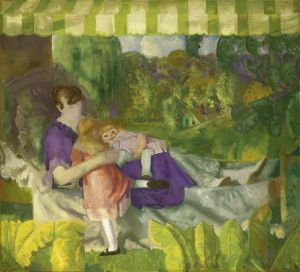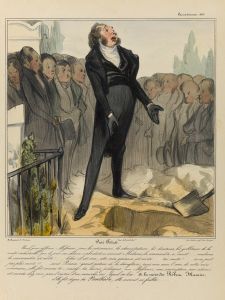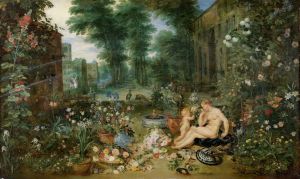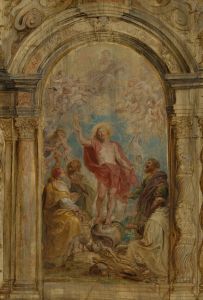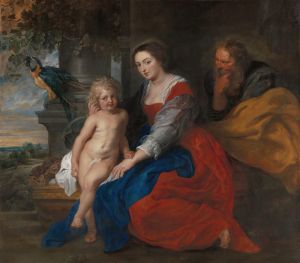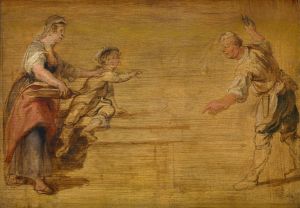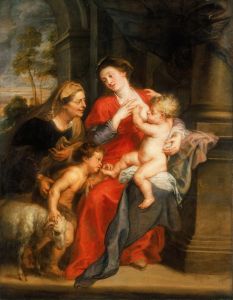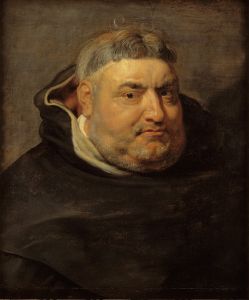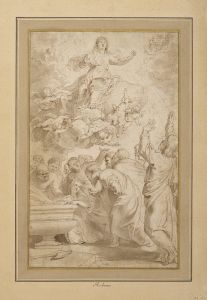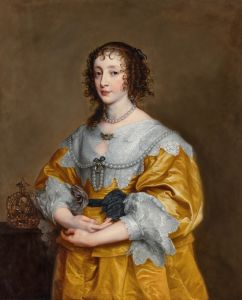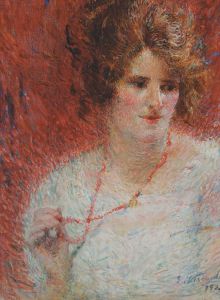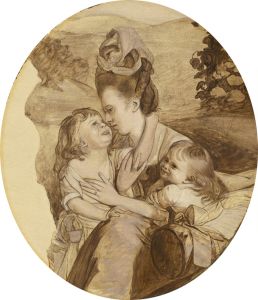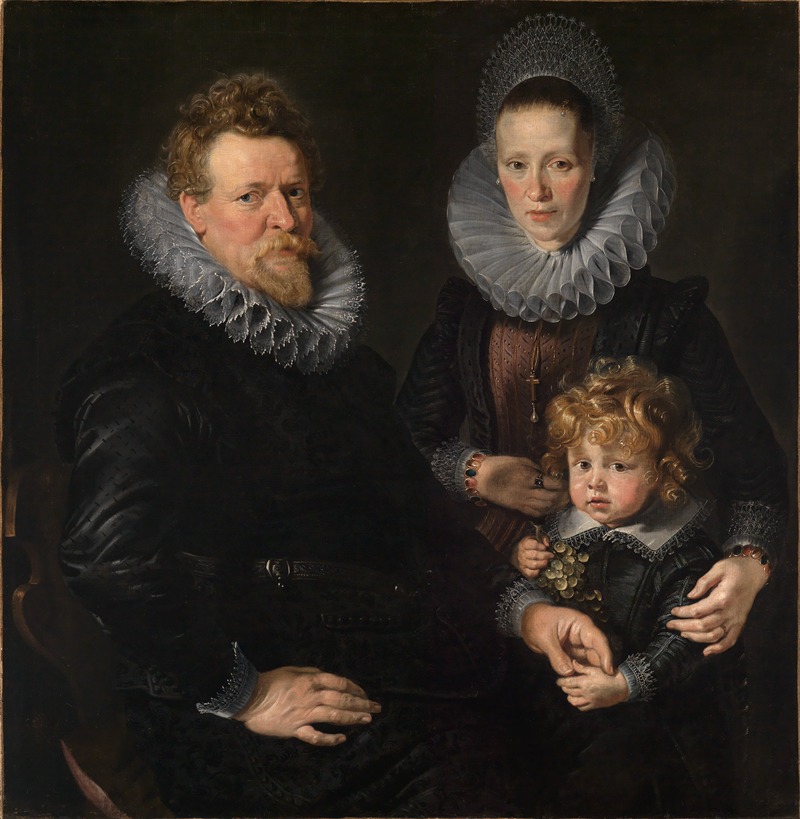
Portrait of the Brussels goldsmith Robert Staes, his wife Anna and their son Albert
A hand-painted replica of Peter Paul Rubens’s masterpiece Portrait of the Brussels goldsmith Robert Staes, his wife Anna and their son Albert, meticulously crafted by professional artists to capture the true essence of the original. Each piece is created with museum-quality canvas and rare mineral pigments, carefully painted by experienced artists with delicate brushstrokes and rich, layered colors to perfectly recreate the texture of the original artwork. Unlike machine-printed reproductions, this hand-painted version brings the painting to life, infused with the artist’s emotions and skill in every stroke. Whether for personal collection or home decoration, it instantly elevates the artistic atmosphere of any space.
Peter Paul Rubens, a prominent Flemish Baroque painter, is renowned for his dynamic compositions, vibrant color palette, and grandiose style. Among his extensive oeuvre, the painting titled "Portrait of the Brussels goldsmith Robert Staes, his wife Anna and their son Albert" is a notable work that exemplifies his skill in portraiture. However, it is important to note that specific details about this particular painting are scarce, and much of the available information about Rubens' portraits in general can be applied to understand the context and significance of this work.
Rubens was born in 1577 in Siegen, Westphalia, and later moved to Antwerp, where he became one of the leading figures of the Baroque movement. His education included studying under notable artists such as Tobias Verhaecht, Adam van Noort, and Otto van Veen. Rubens' work is characterized by its vivid energy, dramatic use of light and shadow, and a deep understanding of human anatomy, which he often showcased in his portraits.
Portraiture was a significant aspect of Rubens' career, and he was highly sought after by the European aristocracy and bourgeoisie. His ability to capture the essence and status of his subjects made him a favorite among patrons. Rubens' portraits often depicted his subjects in opulent clothing and settings, reflecting their wealth and social standing.
In the case of "Portrait of the Brussels goldsmith Robert Staes, his wife Anna and their son Albert," the painting likely follows Rubens' typical style of composition. Although specific details about this painting are not well-documented, it can be inferred that Rubens employed his characteristic techniques to convey the personalities and status of the Staes family. The inclusion of Robert Staes, a goldsmith, suggests a connection to the prosperous merchant class of Brussels, a city known for its thriving trade and craftsmanship during the 17th century.
Rubens' portraits often included symbolic elements that provided insight into the lives and professions of his subjects. In this painting, it is plausible that objects related to goldsmithing or symbols of wealth and prosperity might be present, reflecting Robert Staes' profession and the family's social position. The presence of his wife Anna and their son Albert would also emphasize the importance of family and lineage, a common theme in Rubens' work.
Rubens' ability to infuse his portraits with life and character made them more than mere representations; they were celebrations of the individuals and their roles within society. His portraits are known for their psychological depth, capturing not only the physical likeness but also the inner essence of his subjects.
While specific information about "Portrait of the Brussels goldsmith Robert Staes, his wife Anna and their son Albert" is limited, the painting can be appreciated within the broader context of Rubens' portraiture. His works continue to be celebrated for their artistic mastery and their ability to convey the grandeur and complexity of human life during the Baroque period.





